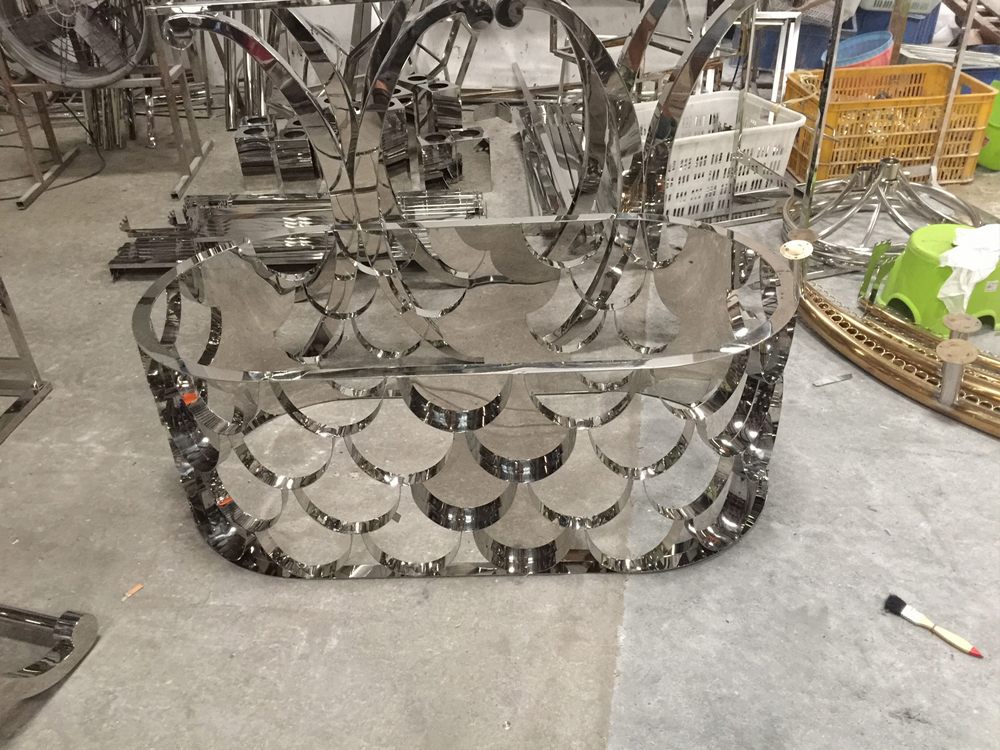
Stone sculpture has evolved dramatically over centuries, with traditional and avant-garde techniques representing two distinct artistic philosophies. Traditional stone carving adheres to time-honored methods, often using chisels, mallets, and rasps to carefully remove material from blocks of marble, limestone, or granite. These classical approaches emphasize representational accuracy, anatomical precision, and often follow religious or mythological themes passed down through generations of artisans.
In contrast, avant-garde stone sculpture embraces experimental methods that challenge conventional aesthetics. Modern sculptors might employ power tools like angle grinders or sandblasters, or even incorporate unconventional materials like metal inserts or synthetic resins. The avant-garde movement prioritizes conceptual meaning over technical perfection, often creating abstract forms that provoke thought rather than depict reality.
The creative process differs fundamentally between these approaches. Traditional sculptors typically work from detailed sketches or maquettes, carefully planning each cut, while avant-garde artists often embrace spontaneity, allowing the stone's natural flaws to guide their work. Contemporary techniques also frequently incorporate technology, with some artists using 3D scanning or CNC machines to achieve forms impossible through hand-carving alone.
Material selection reveals another divergence - classical sculptors traditionally favored homogeneous stones that allowed precise detailing, whereas modern artists might deliberately choose fractured or irregular stones to highlight natural imperfections. The finishing process too varies significantly, with traditional works receiving painstaking polishing while avant-garde pieces may retain tool marks as intentional texture.
Ultimately, both approaches demonstrate stone's enduring versatility as an artistic medium. While traditional techniques preserve cultural heritage and technical mastery, avant-garde methods continue expanding sculpture's boundaries, proving that even this ancient art form remains vibrantly contemporary.

